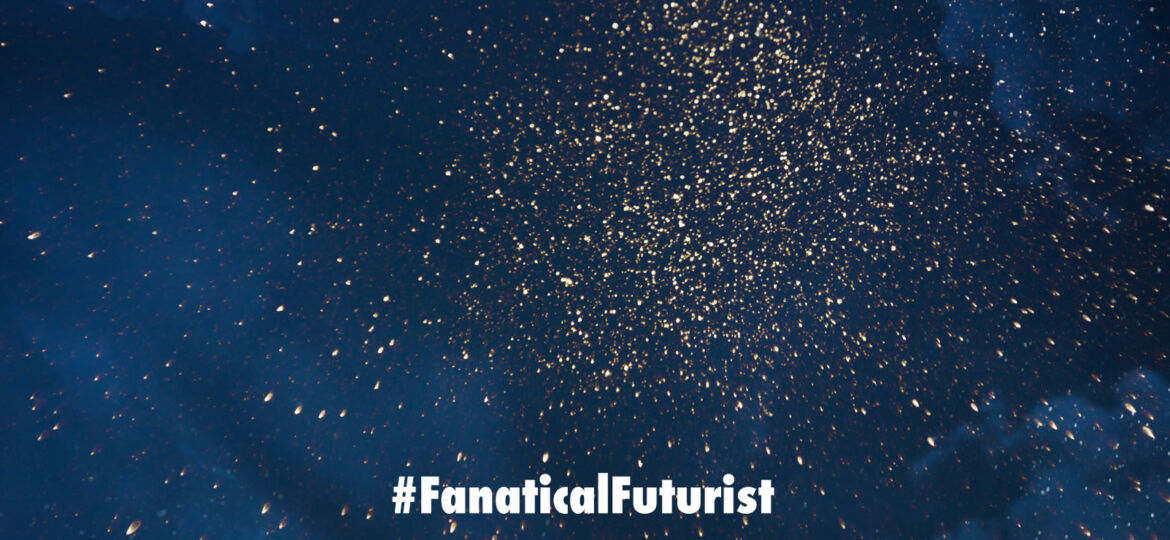
WHY THIS MATTERS IN BRIEF
Cold fusion is science fiction, but a new breakthrough could edge it from being theoretical to possible.
 Love the Exponential Future? Join our XPotential Community, future proof yourself with courses from XPotential University, connect, watch a keynote, or browse my blog.
Love the Exponential Future? Join our XPotential Community, future proof yourself with courses from XPotential University, connect, watch a keynote, or browse my blog.
One of Google’s odder bets over the years was the $10 million development of an Artificial Intelligence (AI) that could tell them whether or not cold fusion, the process by which nuclear fusion can occur at close to room temperatures, was feasible. And after a few years they shut the project down because the answer seemed to be, for all intents and purposes, no.
However, in today’s world the word impossible is just two letters too long, and recently an increasing number of studies are now proposing that cold fusion reactions could be triggered more easily through a mechanism involving muons – elementary particles with the same charge as electrons, but with around 200 times their mass.
In a study published in EPJ D researchers led by Francisco Caruso at the Brazilian Center for Research in Physics have shown theoretically how this process would unfold within the strange world of 2D systems – whch are literally as they sound.
Now it’s believed that the team’s results could finally lead to long awaited advances in the field of cold fusion which has been proposed for decades as an efficient, sustainable way to harvest vast amounts of pollution free energy. Since muons are so much heavier than electrons, they will orbit far closer to atomic nuclei when captured by hydrogen atoms. This enables the nuclei to fuse into helium far more readily – after which the muon is released from the system.
However, since the amount of energy released is relatively small, it has remained challenging for theoretical physicists to propose a reliable basis for the technique, limiting its progress so far.
Caruso’s team took a different approach in their study though – this time, focusing on calculating the elementary processes involved in muon-catalysed fusion in 2D. The researchers then compared the behaviour of their model with 3D measurements, which revealed that the 2D process is influenced by significantly different parameters.
Most strikingly, they showed that fusion is 1 billion times more likely to occur between a muonic pair of tritium atoms, a form of hydrogen containing two extra neutrons in its nucleus, than is the case for 3D – and that’s the breakthrough that all of a sudden could flip the whole field on its head. By directly calculating these probabilities, instead of estimating them, the team’s findings could provide valuable insights for future studies of cold fusion, but it will still be a very long time before we see the first cold fusion reactors spun up. If ever …
















